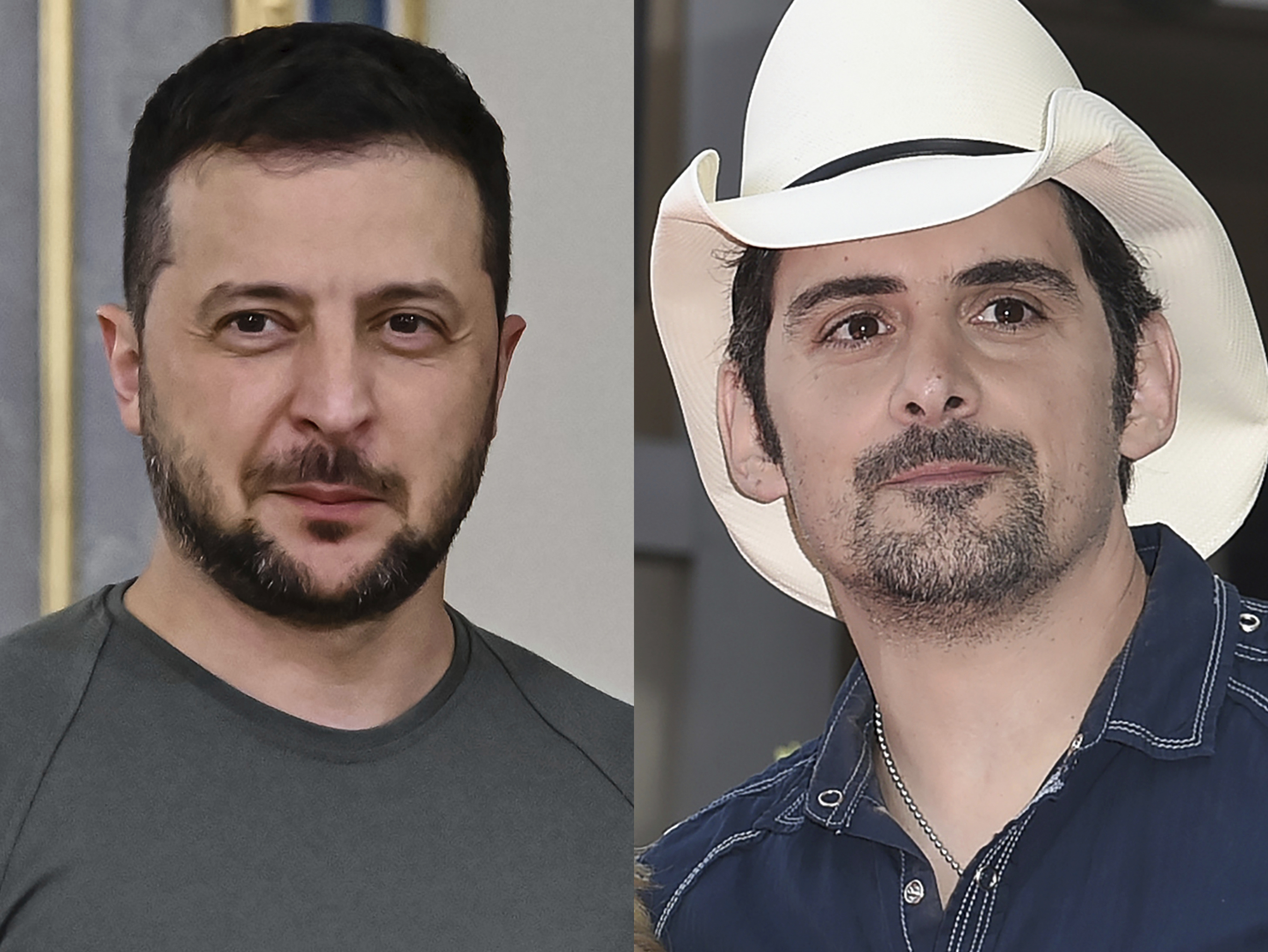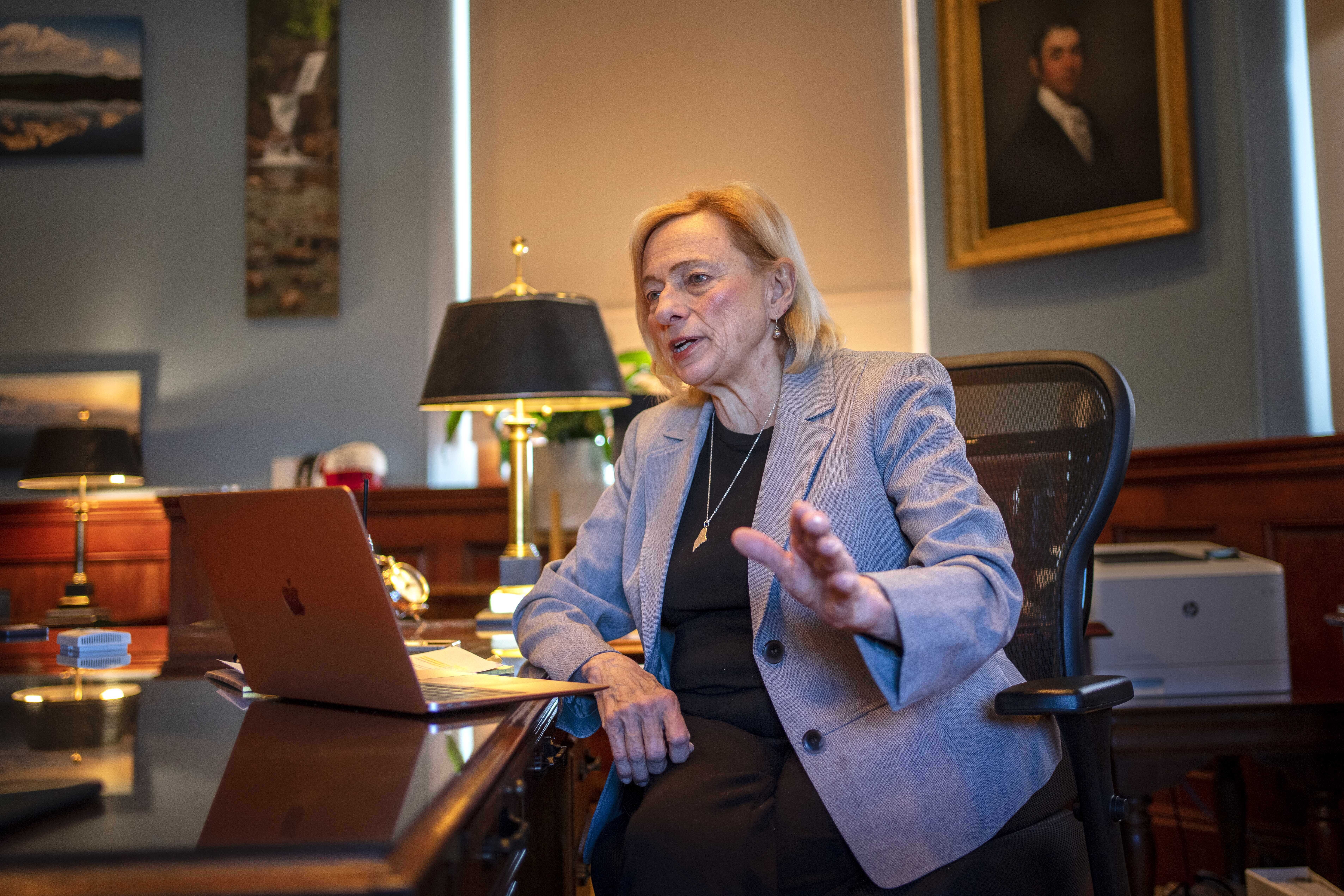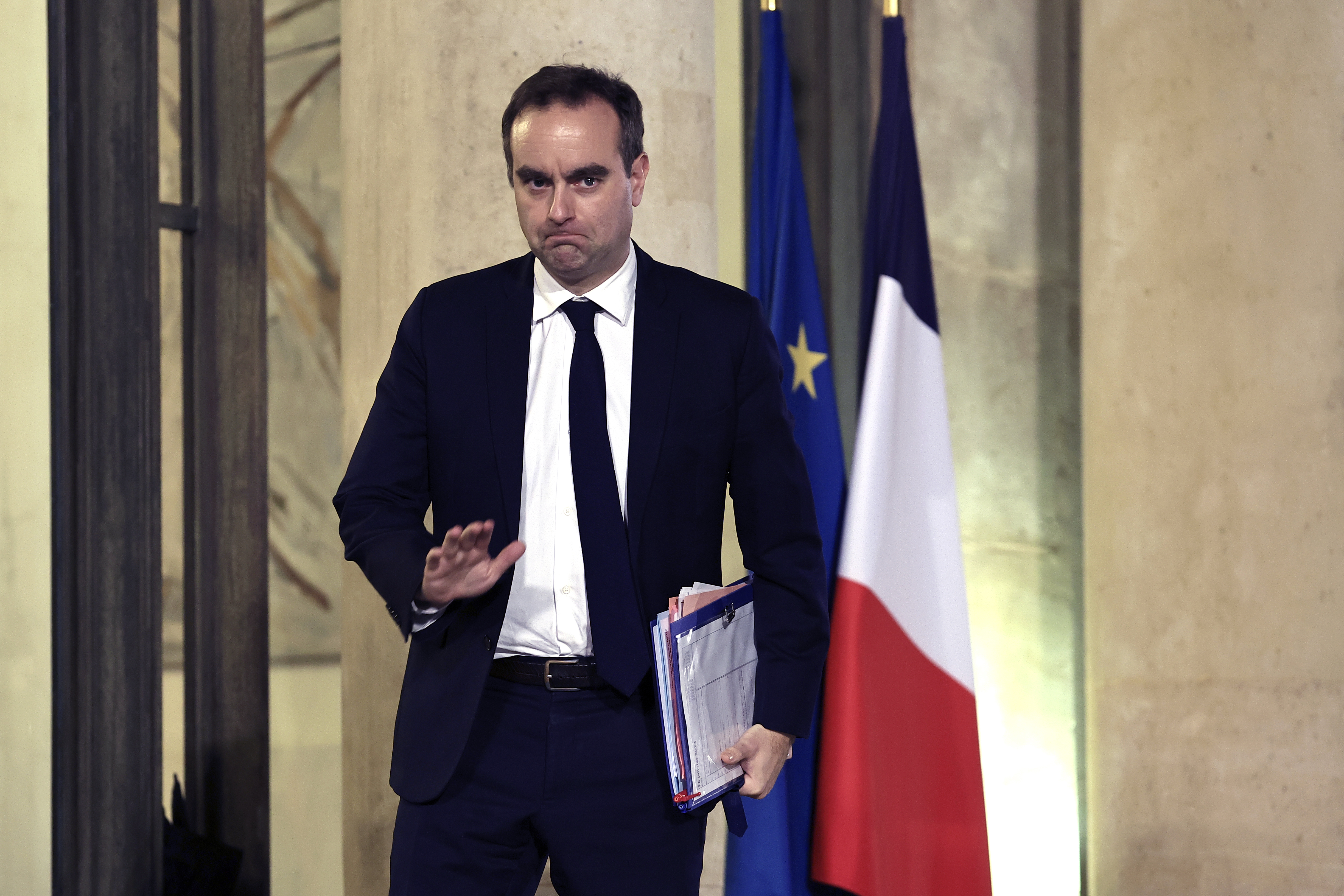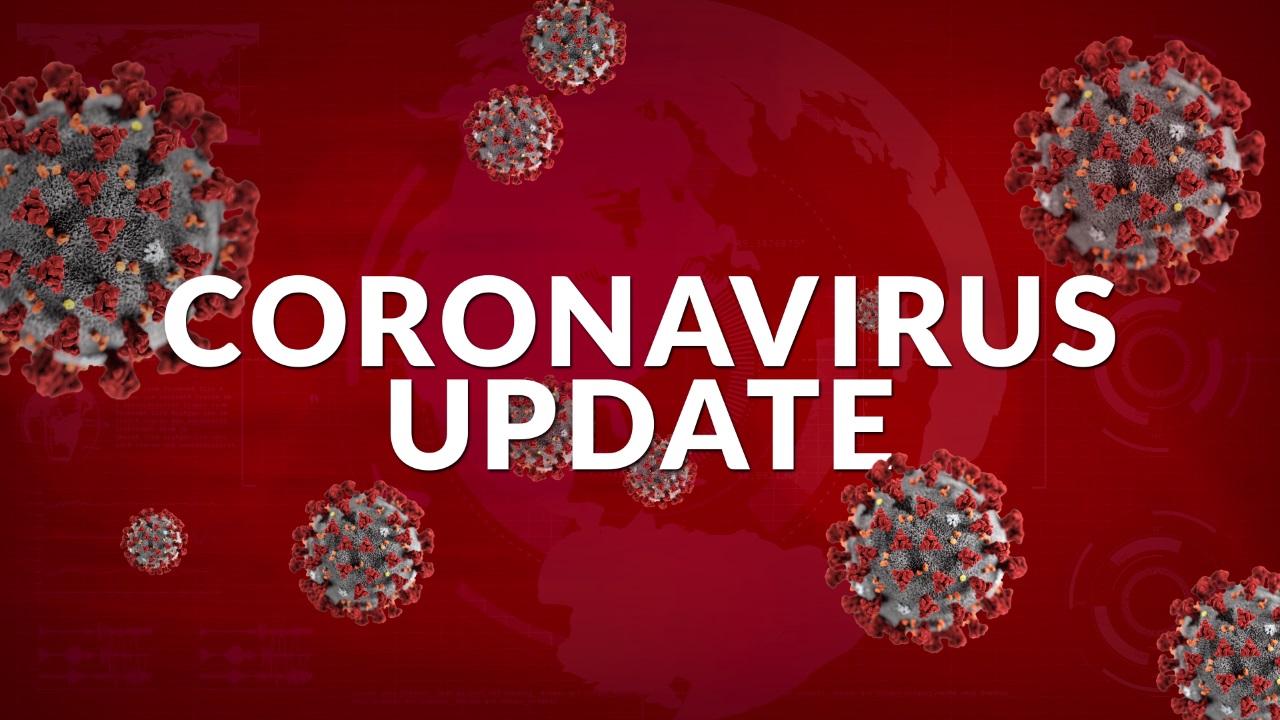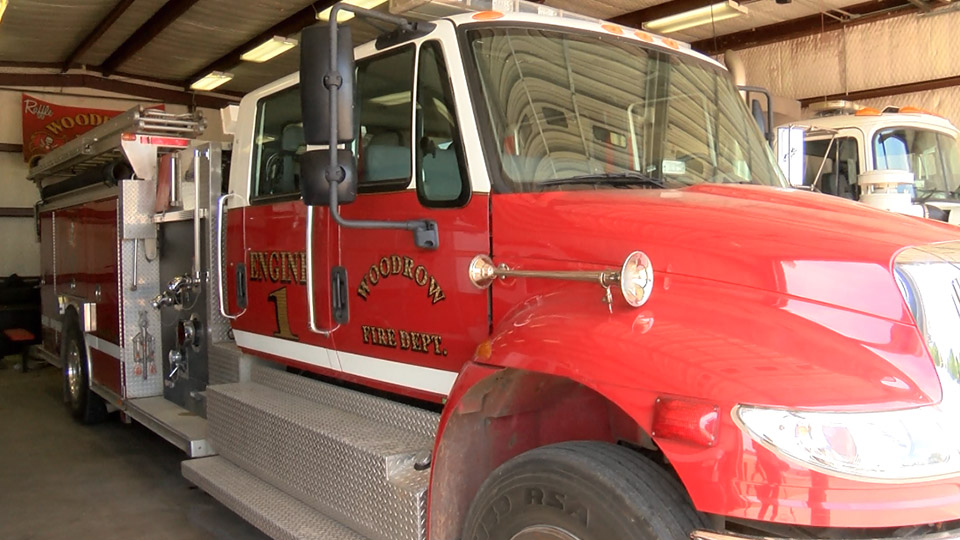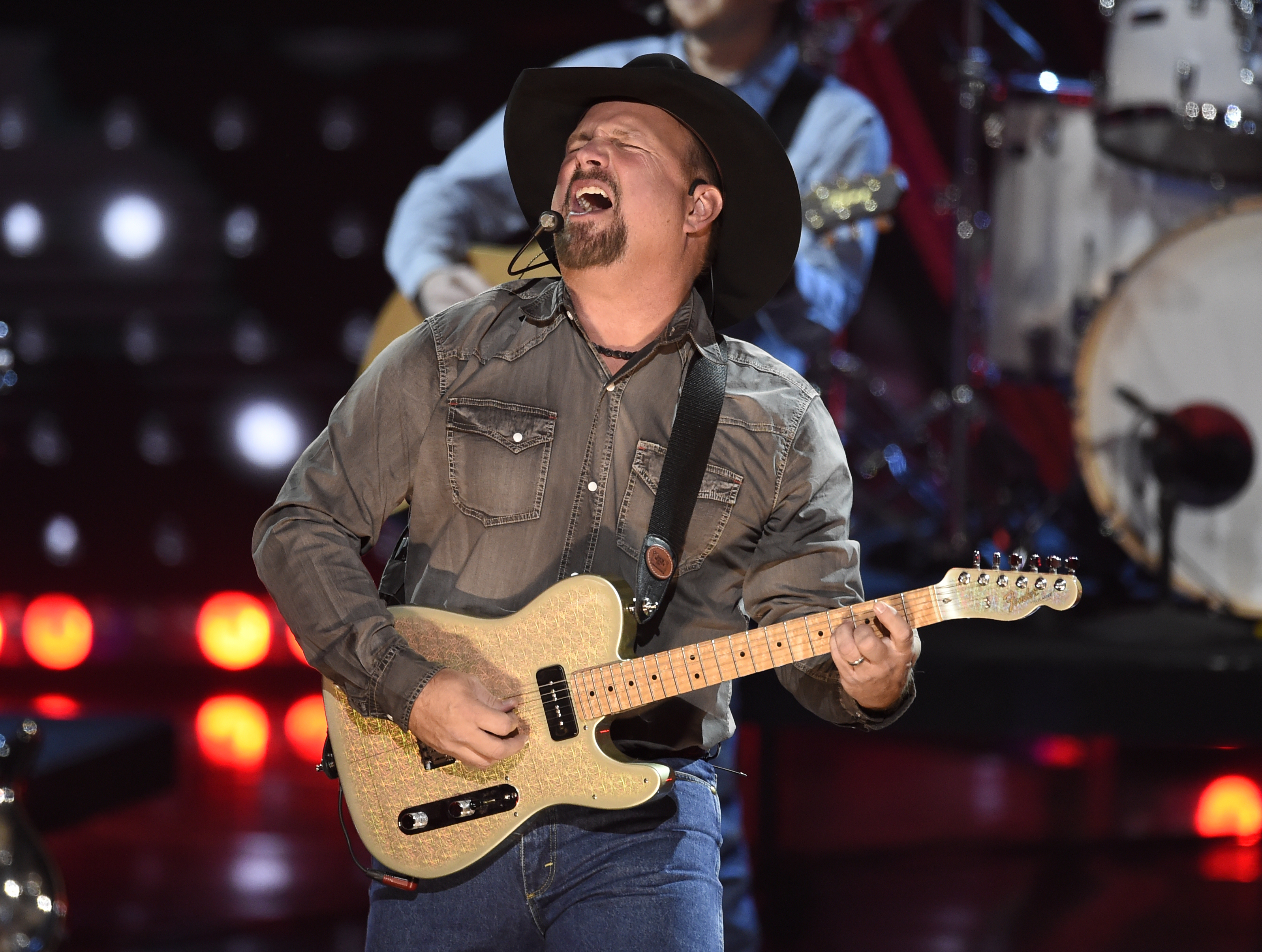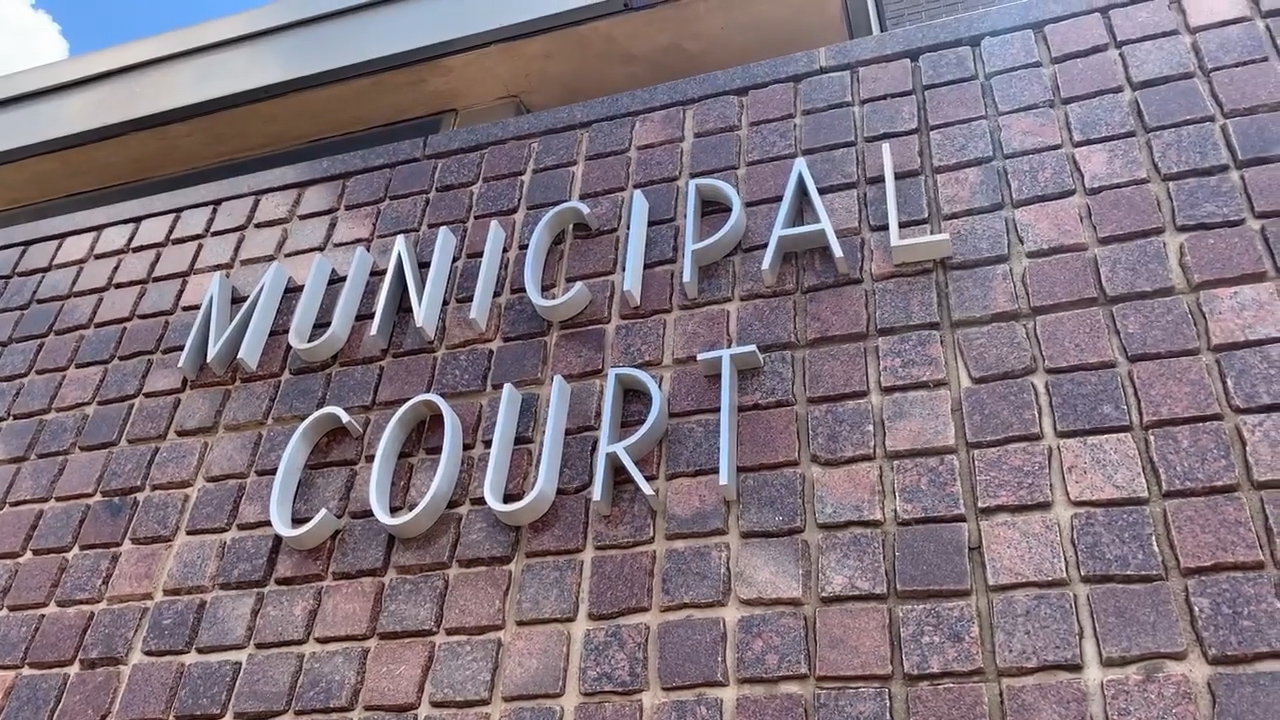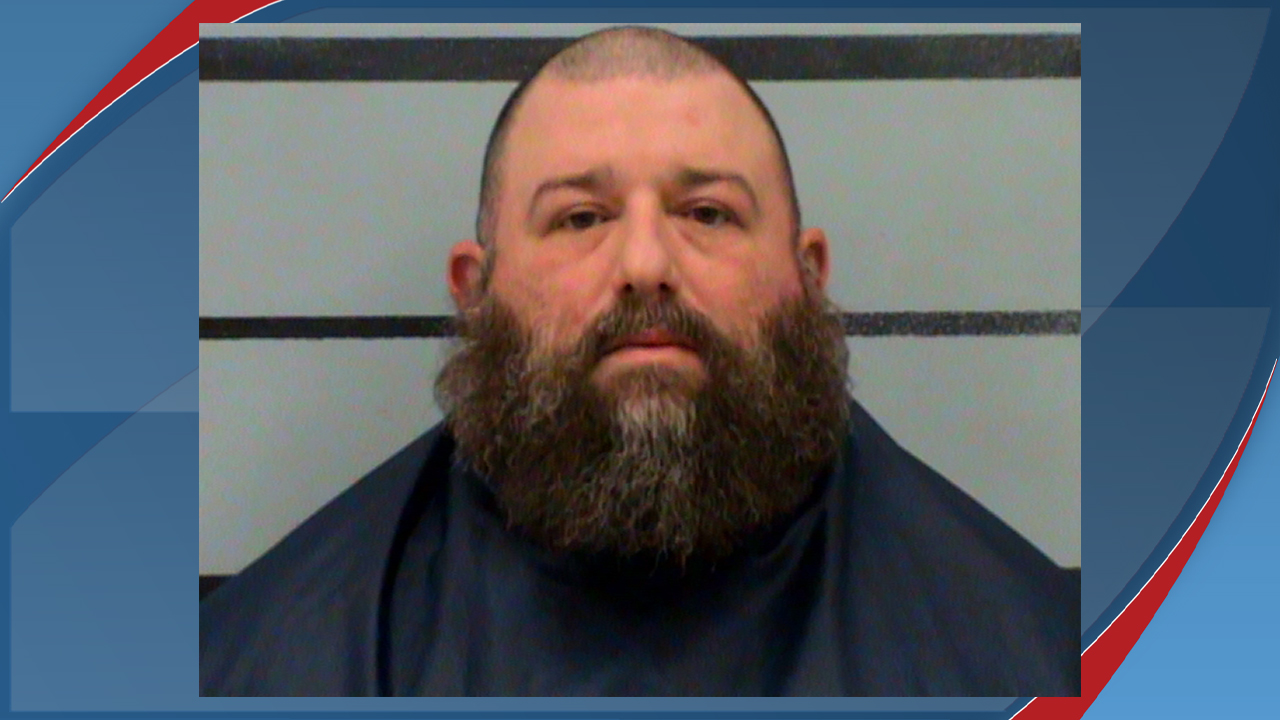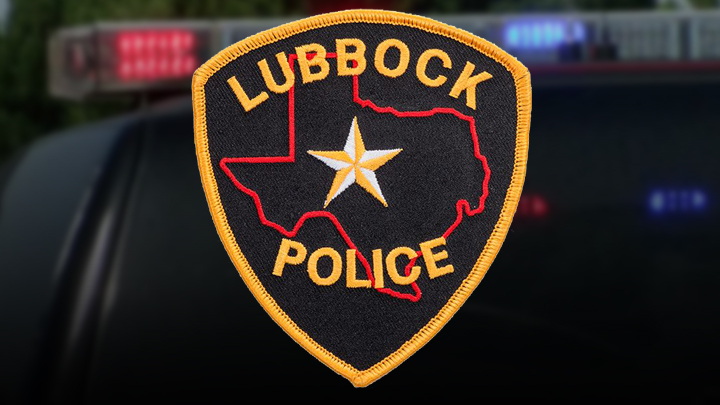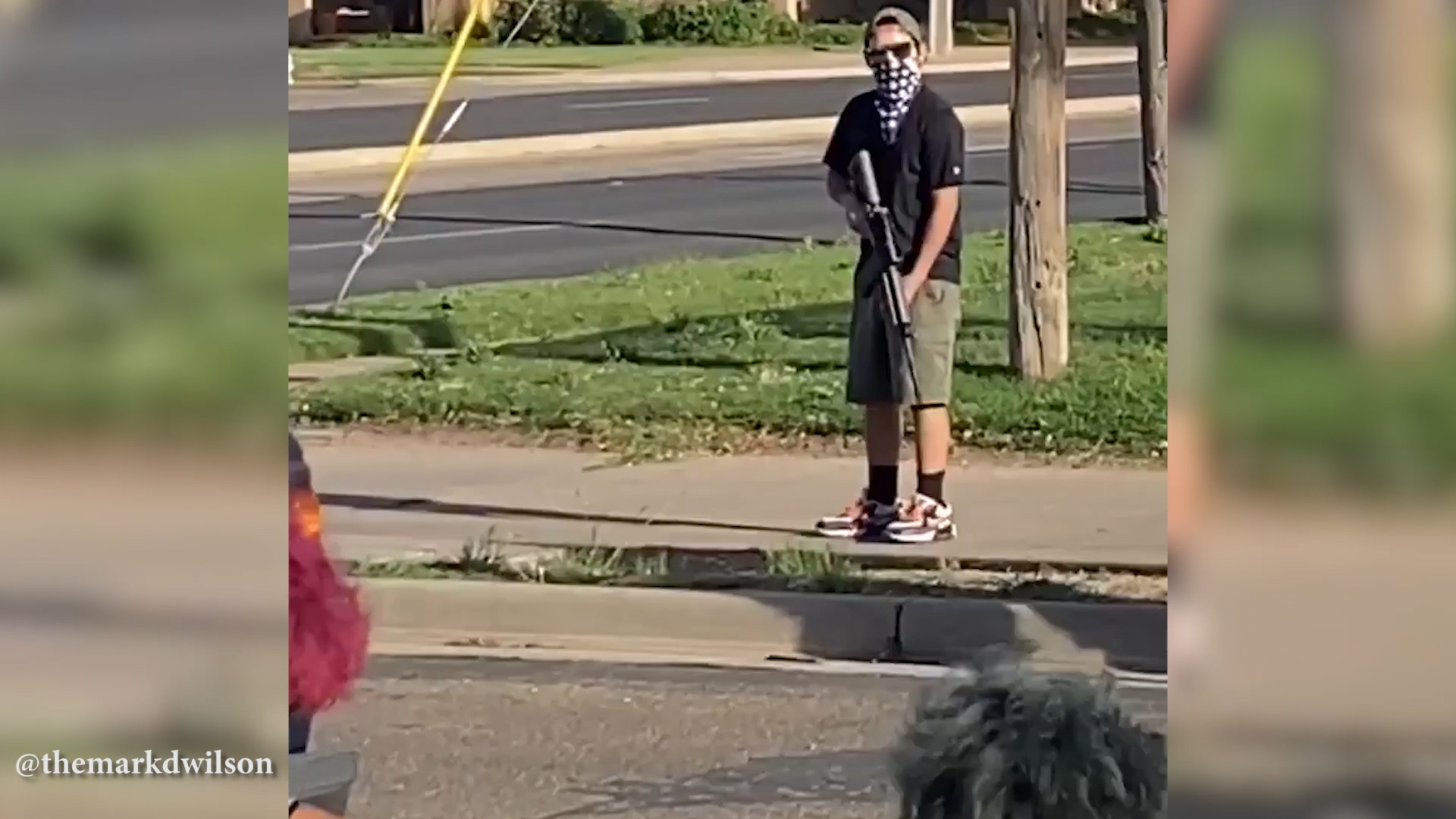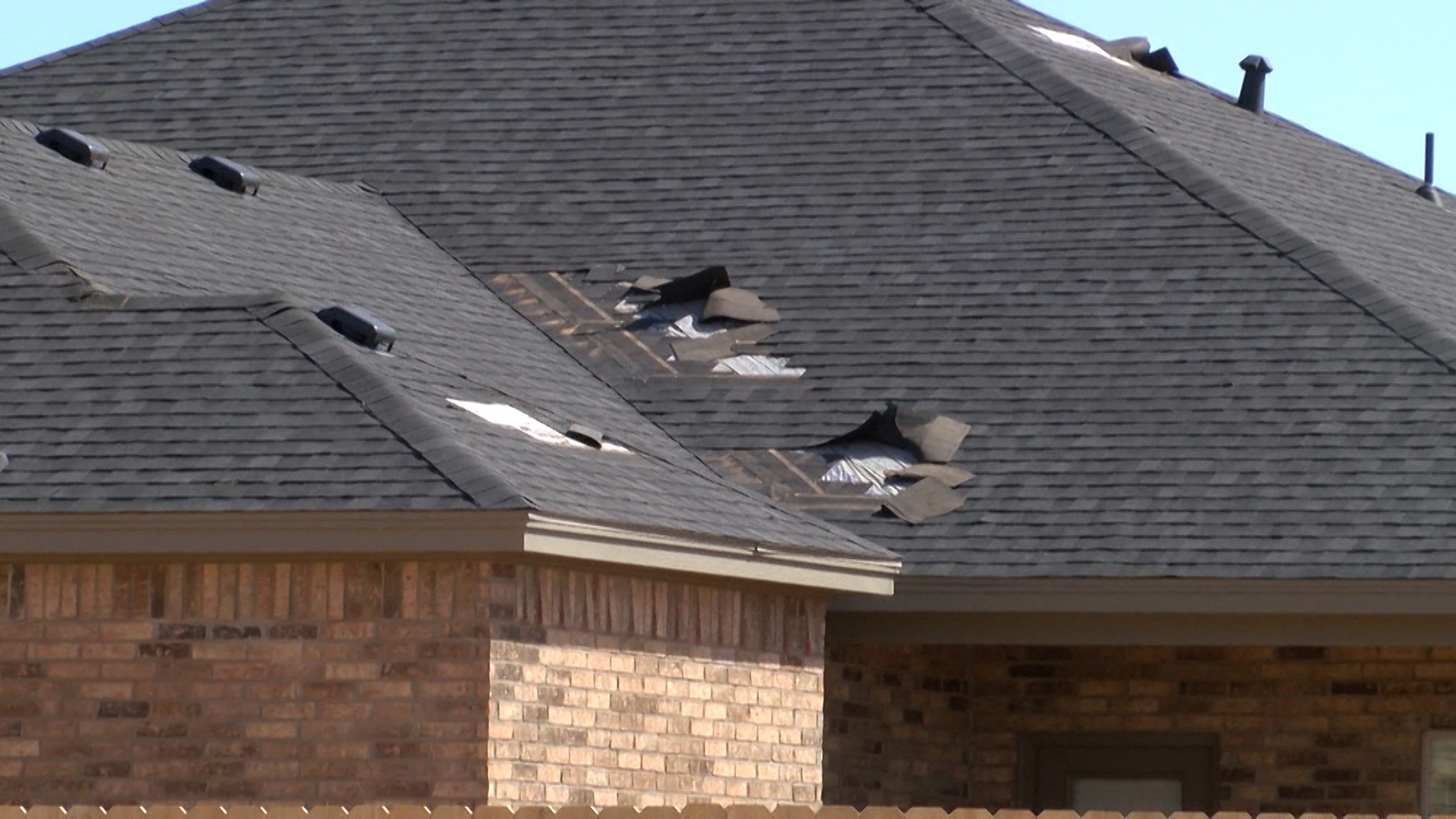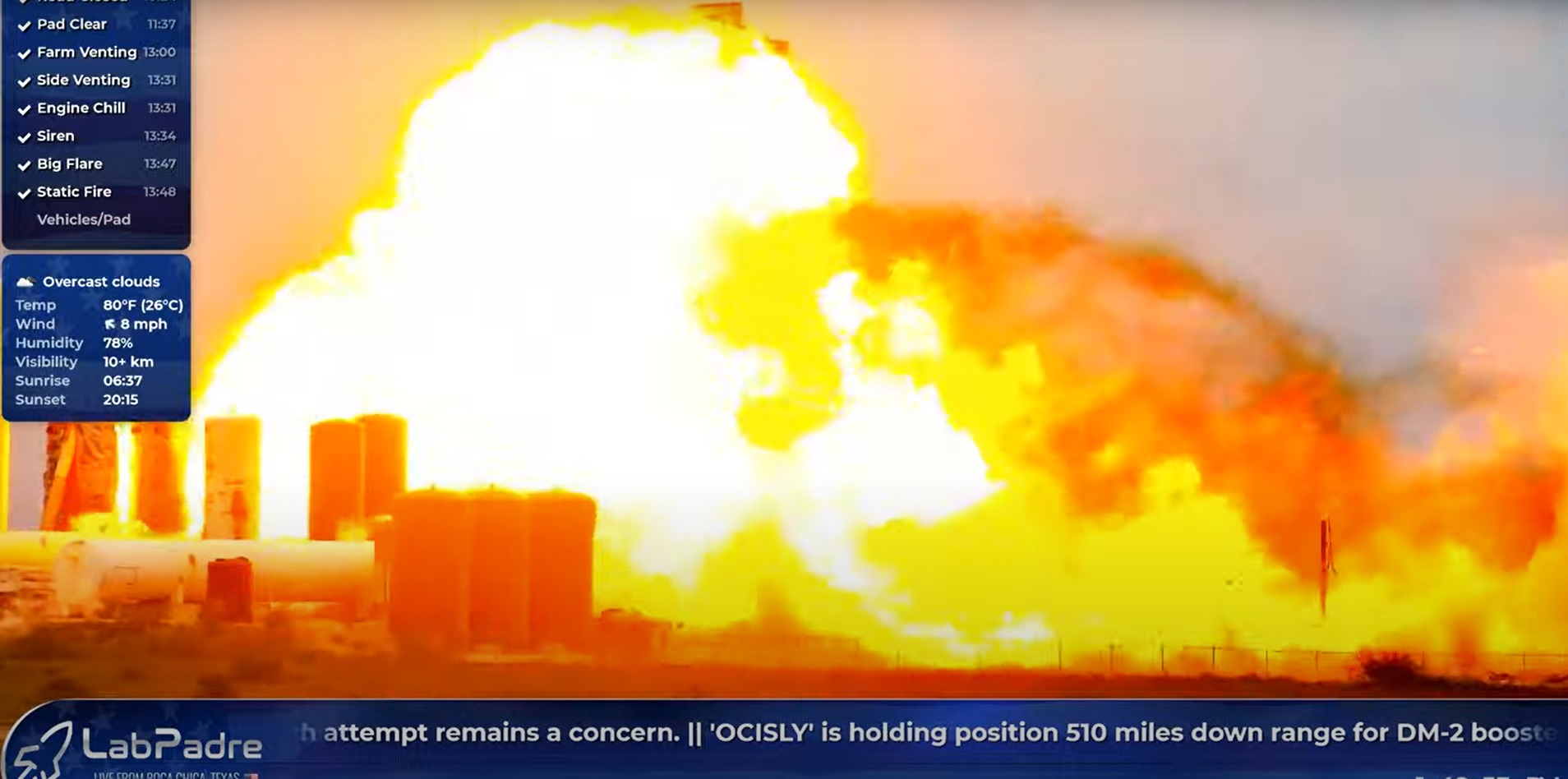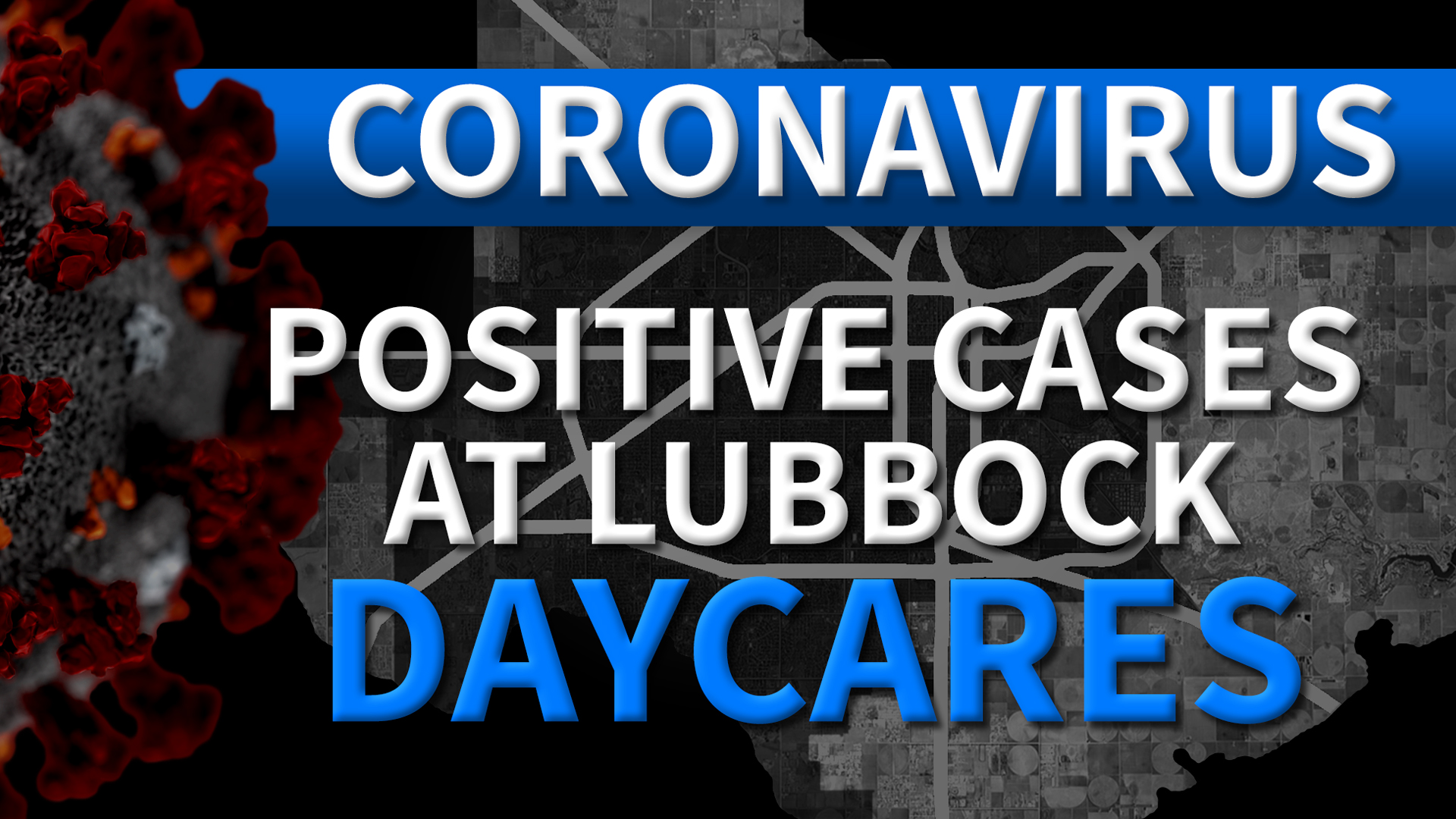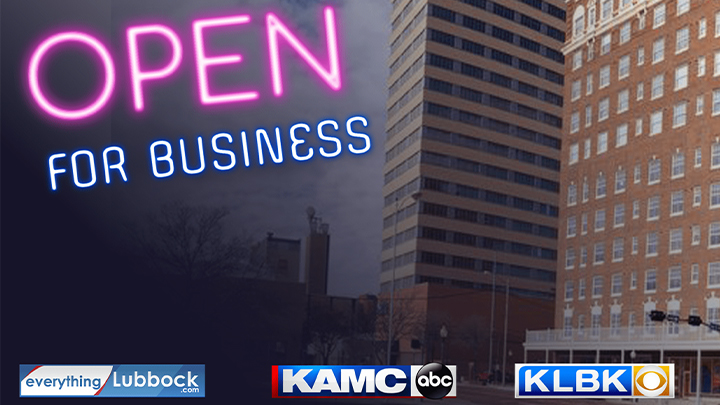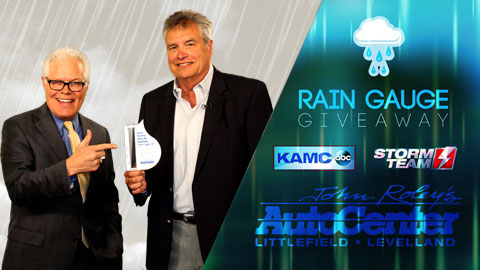Hurricane Michael will be the next big weather-maker to hit the Southeastern U.S. Although Texas Tech wind researchers normally go out to large storms, they won’t be heading to this hurricane.
“This is the first time we’ve had this many wind measurements that we were able to deploy in a hurricane,” said Brian Hirth, research professor for the National Wind Institute.
The Texas Tech National Wind Institute just returned from Hurricane Florence, so they decided to stay in Lubbock for this storm.
Upon arrival to a hurricane site, they deploy StickNets which bring in data of wind measurements.
“We use the platforms sort of deployed all along the landfall region of the hurricane so that we can better understand what the hurricane wind-field looks like,” Hirth said.
The goal is to see how much damage these winds can cause, especially to homes and businesses.
“We’re trying to provide more and more actual measurements to help better improve building codes, and make sure that the way they are are representative of what hurricane winds really look like,” Hirth said.
For the past 20 years, the project and technology continues to grow.
“When I first came here, there was hardly any, they were measuring pressures on buildings and since then they go to hurricanes, tornadoes,” said Jeff Livingston, assistant director of operations at the National Wind Institute.
Deployment has to be thought through, Hirth says there is always a potential of damaging or losing equipment.
“There’s a lot of logistics that go into our deployments, first of all we’re in West Texas,” Hirth said. “It would take us a day and a half to get to the Florida panhandle, and then to deploy all of our platforms takes another day/day and a half.”



